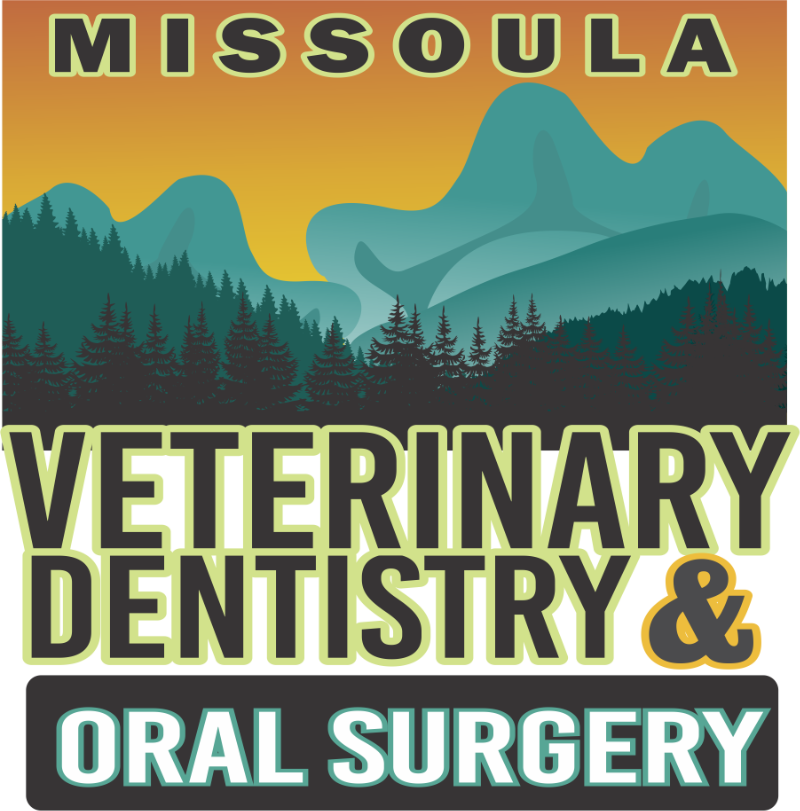
08 Nov Detecting & Preventing Periodontal Disease in Dogs & Cats
We all love our four-legged family members and want nothing but the best for them. From daily walks to tasty treats, we strive to provide our pets with the happiest and healthiest lives possible. But there’s one aspect of their well-being that often goes overlooked – their dental health. Just as in humans, dental problems can lead to pain and discomfort for our pets. That’s why it’s crucial to understand how to detect and prevent periodontal disease in dogs and cats, a common dental issue, and why consulting a veterinary expert is so important.
Periodontal disease, or gum disease, isn’t just a minor issue. It can have a significant impact on your pet’s overall health. It’s more than just bad breath; it’s a serious condition that affects their gums, teeth, and potentially even their organs. However, the good news is that it can be detected and treated, ensuring your pets enjoy pain-free and happy lives.
Understanding Periodontal Disease in Dogs & Cats
Periodontal disease is a chronic infection and inflammation of the tissues surrounding the teeth. In simpler terms, it’s an issue that starts in the mouth and can lead to more significant health problems if left untreated. The main culprits behind this condition are the accumulation of plaque and tartar, which can ultimately lead to bacterial infections.
Signs of periodontal disease may not be immediately obvious. Your pet may be suffering in silence, so it’s essential to pay close attention to their behavior and dental health. Common indicators include:
- Bad Breath (Halitosis): If your pet’s breath is noticeably foul, it could be an early sign of periodontal disease.
- Gingivitis: This is a condition where the gums appear red, swollen, or bleed easily when touched.
- Drooling: Excessive drooling can be a sign of dental discomfort.
- Difficulty Eating: Pets with dental problems may change their eating habits, such as avoiding crunchy foods or dropping food while eating.
- Pawing at the Mouth: If your pet seems to be rubbing or pawing at their mouth, it might be due to oral pain.
- Tooth Loss: In advanced cases, tooth loss can occur, which can significantly affect their quality of life.
The Main Technique for Detecting Periodontal Disease
So, how do we go about detecting periodontal disease in our beloved pets? The main technique that we use is a dental examination. This examination, when performed by a veterinary specialist, provides a thorough assessment of your pet’s dental health.
Here’s what you can expect during a dental examination:
- Visual Inspection: The veterinarian will visually inspect your pet’s mouth, looking for any signs of gum disease, plaque buildup, or tooth decay. They will also check for any broken or damaged teeth.
- Dental Diagnostic Imaging: Sometimes, issues beneath the gumline are not visible to the naked eye. Diagnostic imaging, including cone-beam CT and dental x-rays, are essential for identifying hidden problems, such as abscesses or tooth root issues. Cone beam CT is the gold standard for uncovering early bony change associated with many disease processes of the oral and nasal cavities.
- Periodontal Probing: This involves gently measuring the pockets between your pet’s teeth and gums. Deeper pockets can be an indication of advanced and progressive disease.
- Scaling and Cleaning: your pet may undergo dental cleaning, a basic periodontal treatment that removes the plaque and tartar from their teeth. This procedure is usually performed under anesthesia to ensure your pet is safe throughout the process and treats gingivitis.
- Treatment Recommendations: Based on the examination findings, the veterinarian will recommend a treatment plan if needed. This could include tooth extractions, periodontal therapy or surgery, or at-home care instructions.
It’s crucial to understand that detecting periodontal disease isn’t just about recognizing the signs – it requires a professional assessment to recognize the severity of the problem accurately. Ignoring dental issues can lead to pain, suffering, and other health problems for your pet, which is something no loving owner wants.
Why a Board Certified Veterinary Dentist™ Matters
While it’s tempting to rely on home remedies or over-the-counter dental products, periodontal disease is a complex condition that requires professional expertise. A board-certified veterinary dentist™ has the training and experience to provide the highest level of care for your pet’s dental health. They can identify and treat issues that might not be apparent to the untrained eye, ensuring that your pet’s dental problems are addressed thoroughly.
Remember, prevention is the best medicine. Regular dental check-ups can help catch issues early, preventing the need for more invasive treatments down the road. Your veterinary specialist will also provide guidance on home dental care practices, which can help maintain your pet’s oral health between visits.
In conclusion, periodontal disease is a serious issue that deserves our attention. Regular dental check-ups by a veterinary dentist are essential for maintaining your pet’s oral health and overall well-being. By staying proactive and seeking professional care, you can ensure your family pets enjoy a lifetime of healthy smiles.
If you have any concerns about your pet’s dental health or would like to schedule a dental examination, don’t hesitate to reach out to us. We’re here to help detect and prevent periodontal disease in dogs and cats so that they can live their happiest and healthiest lives.
Image by Garfield Besa from Pexels



